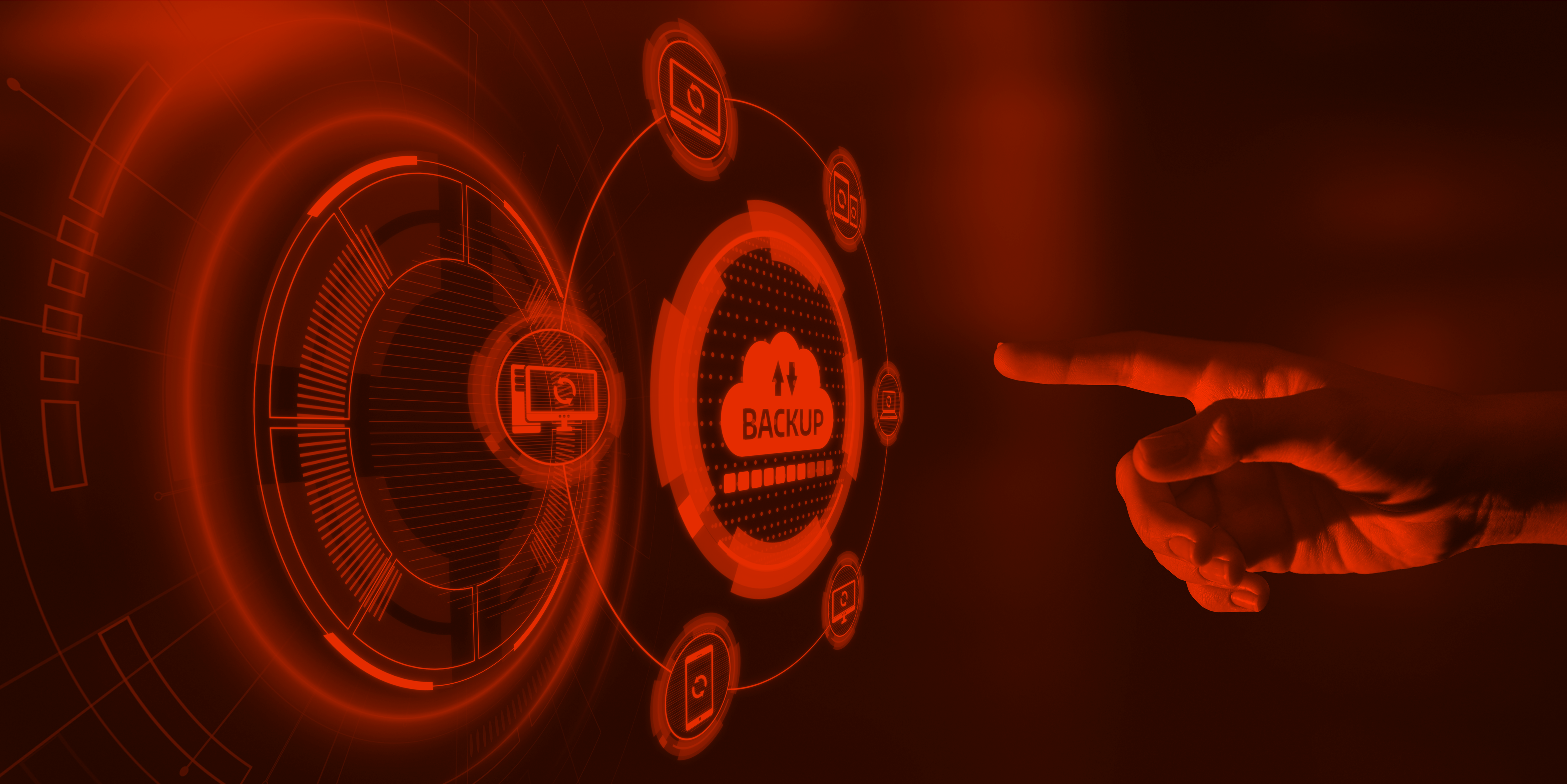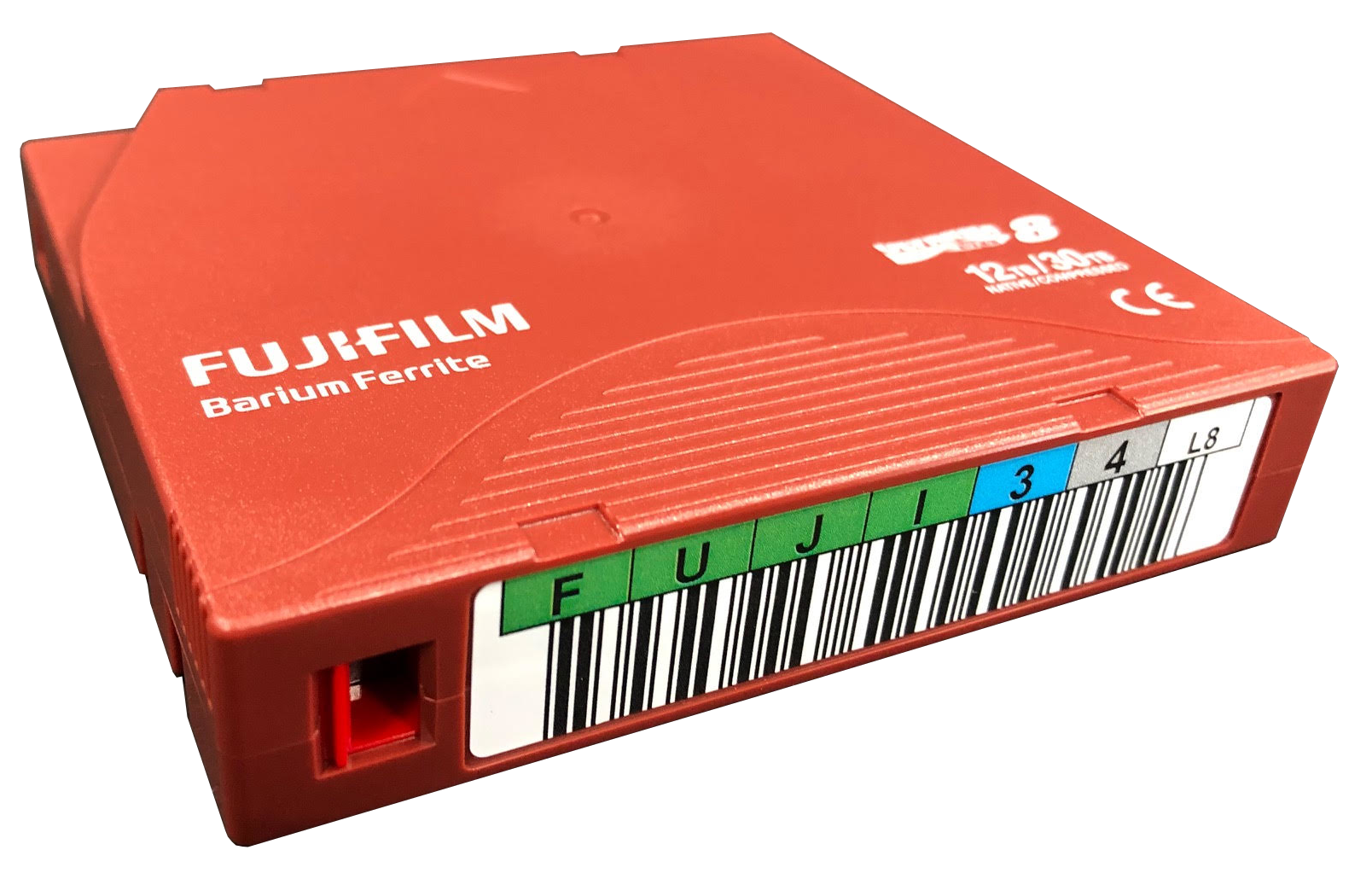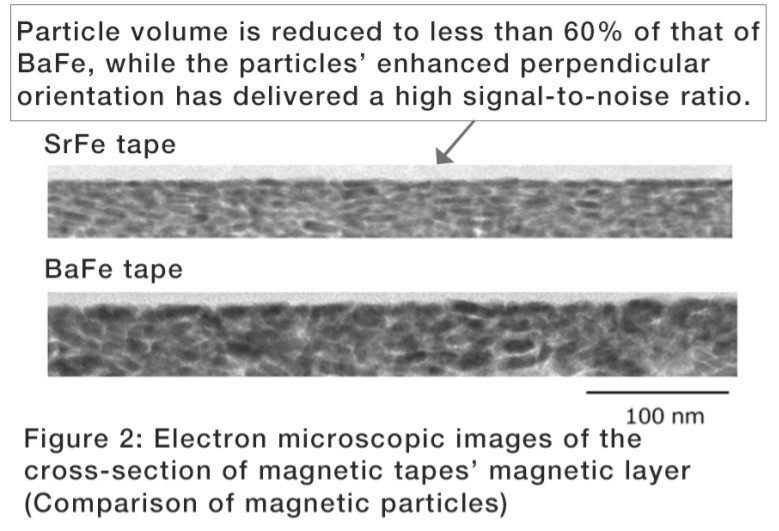Why Active Archiving is a Hot Concept in Storage Today

The 2021 Active Archive Alliance annual market report has just been released, entitled “Saved by the Data. Active Archive Leads the Way in a Mid-Pandemic World”.
Certainly, the COVID pandemic was a shock to many companies and put tremendous strain on operations, revenue, and profit. But those companies who had already implemented a sensible active archive strategy were at a competitive advantage thanks to their ability to intelligently manage access to their data.
I think active archiving, the practice of keeping data online all the time and easily accessible to users, is a hot concept in storage right now because it is really about optimization – getting the right data in the right place, at the right time, and at the right cost.
We know that IT budgets are not keeping up with the relentless growth of data. We also know that 60% to 80% of data quickly becomes archival. Typically after 30, 60, or 90 days, files become static and the frequency of access drops off. So why keep that kind of data on expensive primary storage?
Why not let intelligent data management software that is typical of an active archive solution move that data by user-defined policy from high performance, expensive tiers, to lower performance but more cost-effective tiers like economy disk or tape systems, or even cloud? All while maintaining transparent access for users.
We know that the value of data is increasing, retention periods are getting longer, and users want to maintain ready access to their data without IT staff intervention. But we also need to worry about the bottom line, about efficiency, compliance, sustainability, and cybersecurity! Active archiving provides the right solutions to these worries and that’s why it is such a hot concept in storage today.
But enough said, read the full report here and check out what Alliance members had to say in their related virtual conference.
.












